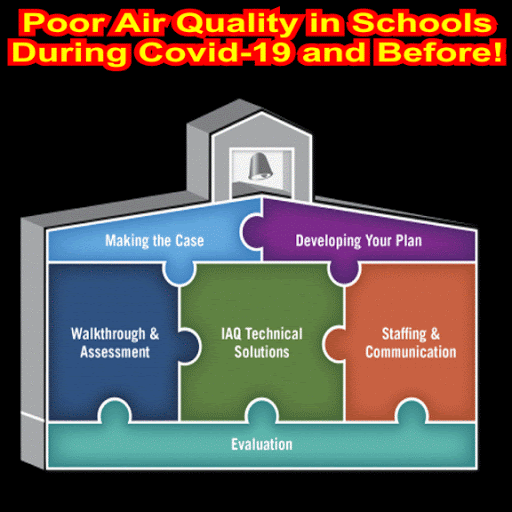The First Question to Ask of a Vulnerable Reader
When my student, Ryan, was six years old, he came to me for reading instruction. Ryan had been identified by his kindergarten teacher as a possible candidate for Reading Recovery instruction. His first grade teacher confirmed the recommendation after doing an initial assessment of Ryan's literacy ability during the first weeks of school. I administered an observational survey, which confirmed the recommendations of the teachers, and so Ryan joined me for one-on-one Reading Recovery instruction.
Ryan and I met daily for 20 weeks. During that time, Ryan made some progress towards being a reader, but the progress was not what I would have hoped and certainly did not help Ryan achieve the goal of being a self- CONTINUE READING: Russ on Reading: The First Question to Ask of a Vulnerable Reader


























